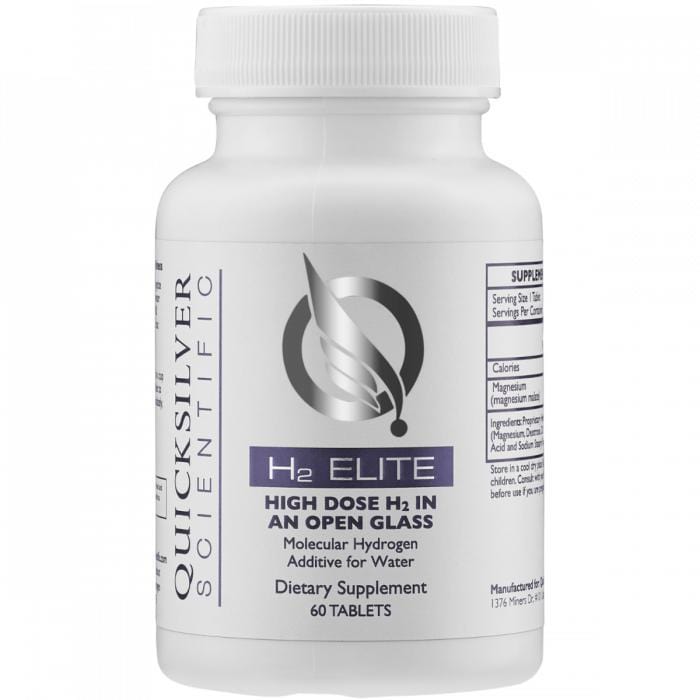「GMOコーンと非Gmoコーンの間に違いはない」という主張は誤りです。昨日、湖でのプレイデート中に、カナダで唯一の非GMOトウモロコシ種子会社であるDe Dell Seed CompanyのVinceが、行進とGMOについて知るアメリカ人を支援するために私に電話をかけました。彼は私にこの素晴らしいレポートを電子メールで送り、GMOコーンと非GMOコーンの栄養価の違いを明確に示しました。私は床に座りました。同時に、グリホサートは生物の重要な栄養素を引き出し、GMOトウモロコシはそれで覆われているので、まったく驚くことではありません。 
これらの欠陥で注意すべき重要なことは、これらがまさに人間の欠陥であり、病気、障害、および癌への感受性につながるということです。骨粗鬆症の人はカルシウムとマグネシウムが少なく、癌の人はマンガンが少ないです。リストはどんどん増えていきます。
GMOコーンには14ppmのカルシウムが含まれており、非GMOコーンには6130ppmが含まれています。 437X以上。
GMOコーンには2ppmのマグネシウムが含まれており、非GMOコーンには113ppmが含まれています。 56X以上。
GMOコーンには2ppmのマンガンが含まれており、非GMOコーンには14ppmが含まれています。 7X以上。
Look at the levels of Formaldehyde and Glyphosate IN the corn! The EPA standard for Glyphosate in water in America is .7ppm. European Tests showed organ damage to animals at .1ppb (.0001ppm) of Glyphosate in water. Our water levels allow glyphosate 7,000X higher than what has been shown to be toxic in animals. This corn has 13 ppm! 130,000 times higher than what is toxic in the water!*
フーバー博士が報告した研究では、エリザベス・ドハティのトークラジオで、.97ppmのホルムアルデヒドが動物への摂取に有毒であることが示されました。このとうもろこしは200Xです!そのため、動物は選択を与えられてもそれをまったく食べず、ホルムアルデヒドの匂いを嗅ぐことができます!
このレポートをあなたの議会、農民、ニュース編集者、学区の食品サービス、そしてお母さんと共有してください。
栄養不足、外来タンパク質、毒素、グリホサートの散布、または農薬の注射を子供たちに与えるとはもうありません。私たちは彼らの安全の嘘を食べられることもありません!


このレポートを共有し、GMOラベル付けとGMOフリー化で南北アメリカをサポートしてくれたDeDellに感謝します。
UPDATE: FOR MORE INFO see video: http://www.momsacrossamerica.com/more_info_on_2012_corn_comparison_report
*このブログは、元の投稿から.1ppmを.1ppbに修正するように修正されました。これは、実際にははるかに憂慮すべき事実を反映しています。この重要なタイプミスをお詫び申し上げます。今後、より徹底的な編集をお約束します。
禅ハニーカット






27反応を表示しています